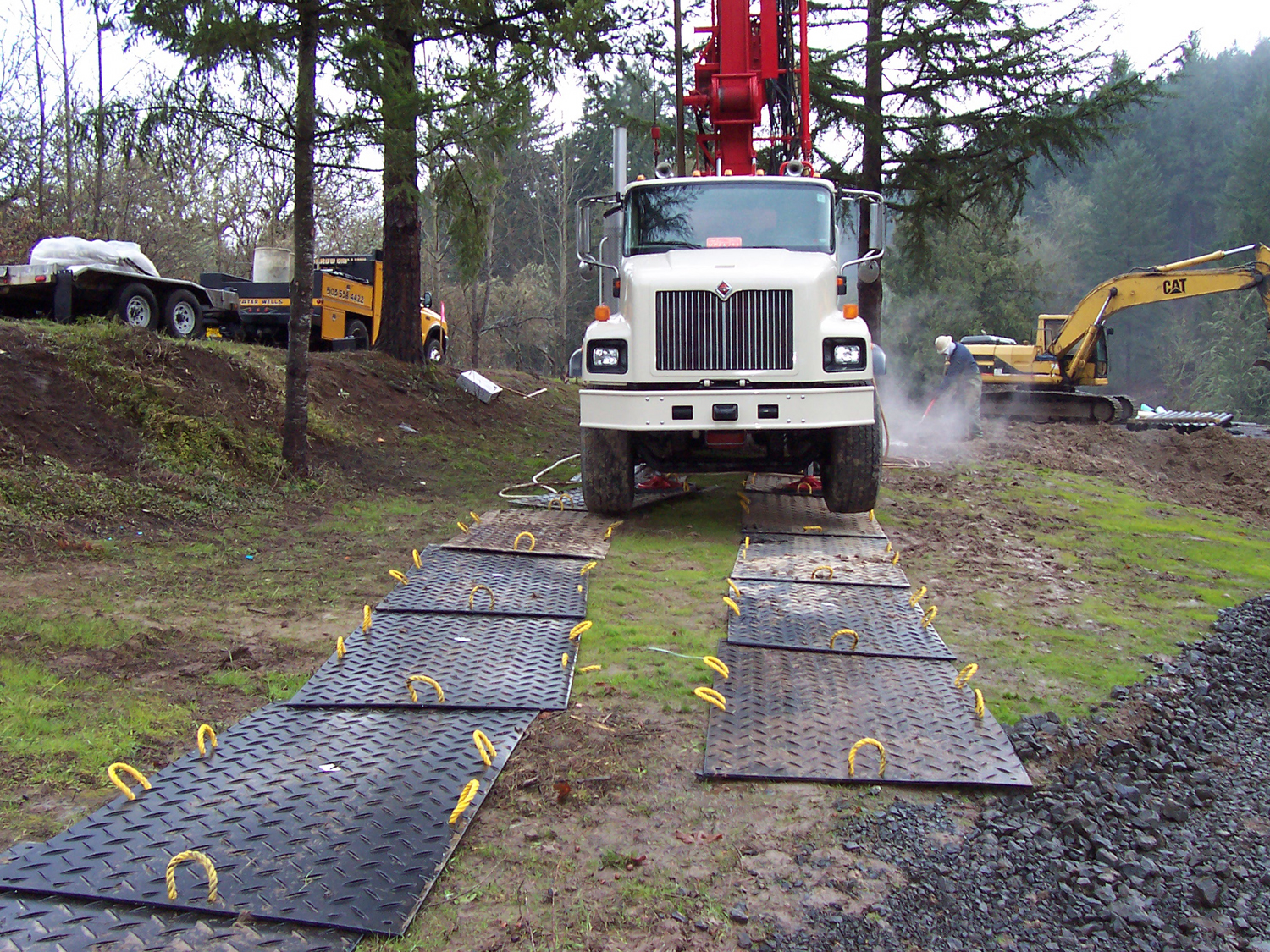
As the world's population continues to grow, the demand for infrastructure and development projects is on the rise. However, these projects often come at a cost to the environment, particularly when it comes to land use. One solution to this problem is the use of turf protection mats, which help minimize the impact of construction activities on grassy areas by providing a stable surface for heavy equipment and vehicles.
The Importance of Sustainable Land Use
Land is a valuable and finite resource that must be managed carefully to ensure its long-term productivity and ecological health. Sustainable land use practices aim to strike a balance between meeting the needs of the present generation while ensuring that future generations can also benefit from the land's resources.
Challenges to Sustainable Land Use
- Rapid urbanization leading to the conversion of natural landscapes into built-up areas
- Deforestation and habitat loss due to agricultural expansion
- Soil erosion and degradation caused by unsustainable farming practices
- Contamination of land and water bodies from industrial activities
Benefits of Sustainable Land Use
- Preservation of biodiversity and ecosystems
- Protection of valuable natural resources such as soil and water
- Mitigation of climate change through carbon sequestration and sustainable land management practices
- Promotion of sustainable agriculture and land-use planning
Turf Protection Mats: An Innovative Solution
Turf protection mats are specially designed mats made from materials like plastic, rubber, or composite materials that can be placed over grassy areas to protect the underlying turf from damage during construction or events. These mats distribute the weight of heavy equipment and vehicles, preventing soil compaction, rutting, and erosion.
Key Features of Turf Protection Mats
- Durable and flexible, able to withstand heavy loads
- Permeable, allowing water and nutrients to reach the grass underneath
- Easy to install and remove, minimizing disruption to the land
- Reusable and recyclable, reducing waste and environmental impact
Applications of Turf Protection Mats
- Construction sites
- Outdoor events and festivals
- Landscape and gardening projects
- Sports fields and stadiums
Environmental Benefits of Turf Protection Mats
By using turf protection mats in construction and other activities, several environmental benefits can be realized:
Preservation of Grassland Ecosystems
- Minimize soil compaction and damage to grass roots
- Prevent erosion and sediment runoff into water bodies
- Promote the regrowth of grass after the mats are removed
Reduction of Carbon Footprint
- Minimize the need for soil remediation and reseeding after construction
- Reduce greenhouse gas emissions associated with land degradation
- Encourage the use of sustainable land management practices
Conclusion
As we strive to achieve sustainable land use practices in the face of increasing development pressures, innovative solutions like turf protection mats play a crucial role in minimizing the environmental impact of construction activities. By preserving grassland ecosystems and reducing our carbon footprint, these mats help ensure that our land remains productive and healthy for generations to come.